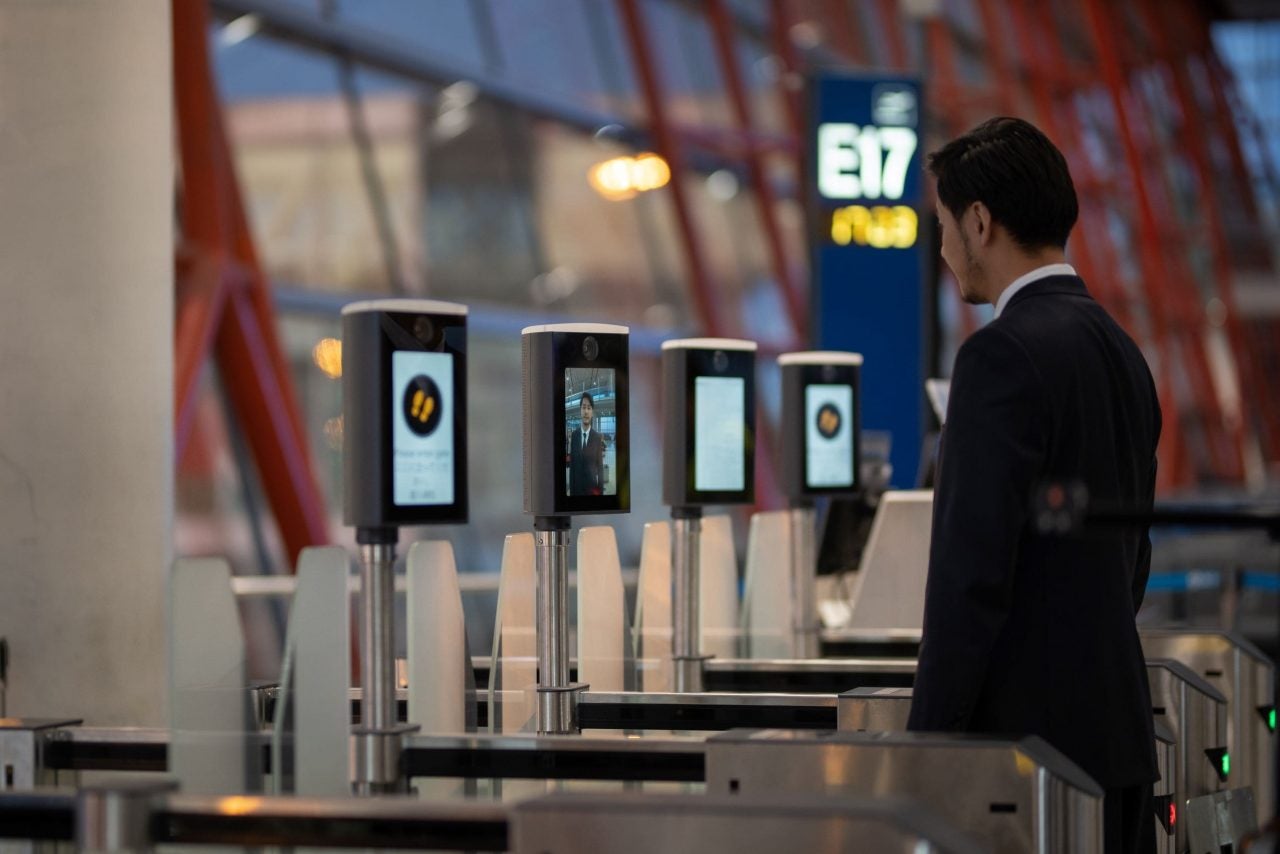
Biometric boarding is changing how we travel. Imagine breezing through airport security without fumbling for your passport or boarding pass. This technology uses facial recognition to verify your identity, making the process faster and more secure. Airlines and airports worldwide are adopting this system to enhance passenger experience and improve efficiency. But what exactly is biometric boarding, and how does it work? Is it safe? What are the benefits and potential drawbacks? In this article, we’ll explore 23 fascinating facts about biometric boarding that will answer all your questions and help you understand this cutting-edge technology better.
What is Biometric Boarding?
Biometric boarding uses technology to verify a passenger's identity through unique biological traits. This method aims to streamline the boarding process, making it faster and more secure.
-
Facial Recognition: Many airports use facial recognition to match passengers' faces with their passport photos. This tech speeds up boarding and reduces the need for physical documents.
-
Fingerprint Scanning: Some systems use fingerprint scanning to verify identities. This method is quick and highly accurate.
-
Iris Scanning: Iris scanning captures the unique patterns in a person's eye. It's one of the most secure biometric methods available.
How Does Biometric Boarding Work?
Understanding the mechanics behind biometric boarding can help appreciate its efficiency and security.
-
Data Collection: Passengers' biometric data is collected during check-in. This data is then stored securely for future verification.
-
Data Matching: At the boarding gate, the system matches the collected biometric data with the live scan of the passenger.
-
Real-Time Verification: The entire process happens in real-time, ensuring that only verified passengers board the plane.
Benefits of Biometric Boarding
Biometric boarding offers numerous advantages for both passengers and airlines.
-
Speed: The boarding process becomes significantly faster, reducing wait times.
-
Security: Enhanced security measures make it harder for unauthorized individuals to board.
-
Convenience: Passengers no longer need to present multiple documents, making the process smoother.
-
Reduced Human Error: Automated systems minimize the chances of human error during identity verification.
Challenges and Concerns
Despite its benefits, biometric boarding also faces some challenges and concerns.
-
Privacy Issues: Some passengers worry about how their biometric data is stored and used.
-
Data Security: Ensuring that biometric data is stored securely is crucial to prevent breaches.
-
Cost: Implementing biometric systems can be expensive for airports and airlines.
-
Technical Glitches: Like any technology, biometric systems can experience technical issues that disrupt the boarding process.
Global Adoption of Biometric Boarding
Biometric boarding is gaining traction worldwide, with many countries adopting this technology.
-
United States: Major airports in the U.S. have started using biometric boarding for international flights.
-
Europe: Several European countries are also implementing biometric systems to enhance security and efficiency.
-
Asia: Airports in Asia are rapidly adopting biometric technology, with some even using it for domestic flights.
-
Middle East: The Middle East is investing heavily in biometric systems to improve passenger experience and security.
Future of Biometric Boarding
The future of biometric boarding looks promising, with continuous advancements in technology.
-
AI Integration: Artificial intelligence will make biometric systems even more accurate and efficient.
-
Wider Adoption: More airports and airlines will adopt biometric boarding, making it a standard practice.
-
Enhanced Security Features: Future systems will include additional security features to further protect passengers' data.
-
Seamless Travel Experience: The ultimate goal is to create a seamless travel experience from check-in to boarding.
-
Regulatory Frameworks: Governments will develop regulations to ensure the ethical use of biometric data.
The Future of Travel
Biometric boarding is changing how we travel. With facial recognition and fingerprint scanning, airports are becoming more efficient and secure. Passengers can expect shorter lines and faster check-ins. This technology also reduces the risk of fraud and identity theft, making air travel safer for everyone.
Airlines and airports worldwide are adopting these systems. It's clear that biometric boarding is here to stay. As more people experience its benefits, the demand for this technology will only grow. Travelers should prepare for a future where traditional boarding passes become a thing of the past.
In short, biometric boarding is revolutionizing air travel. It offers convenience, security, and efficiency. Next time you fly, you might just breeze through the airport with a simple scan of your face or fingerprint. The future of travel looks promising, thanks to these advancements.
Was this page helpful?
Our commitment to delivering trustworthy and engaging content is at the heart of what we do. Each fact on our site is contributed by real users like you, bringing a wealth of diverse insights and information. To ensure the highest standards of accuracy and reliability, our dedicated editors meticulously review each submission. This process guarantees that the facts we share are not only fascinating but also credible. Trust in our commitment to quality and authenticity as you explore and learn with us.


